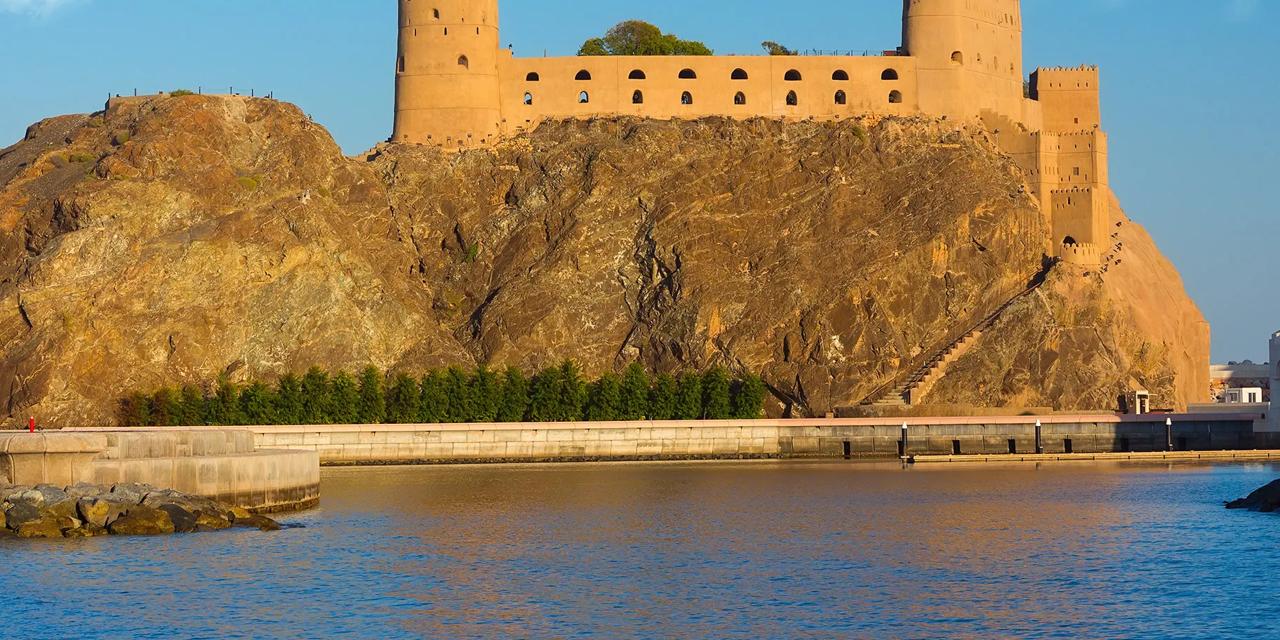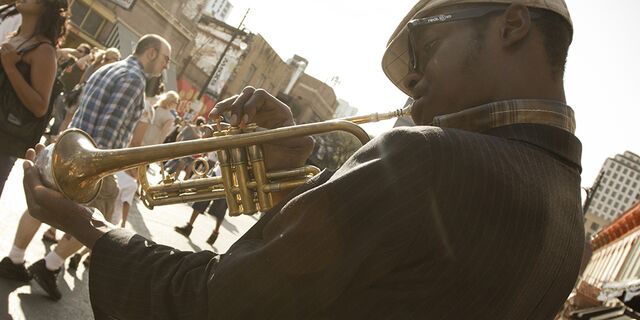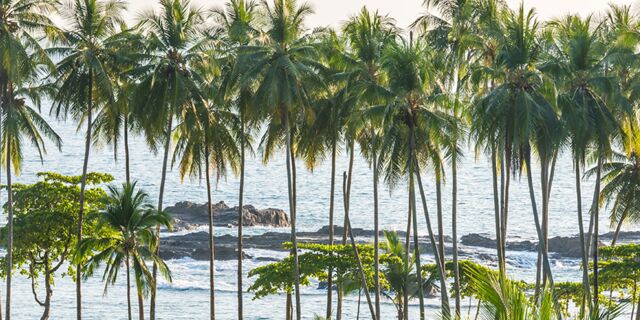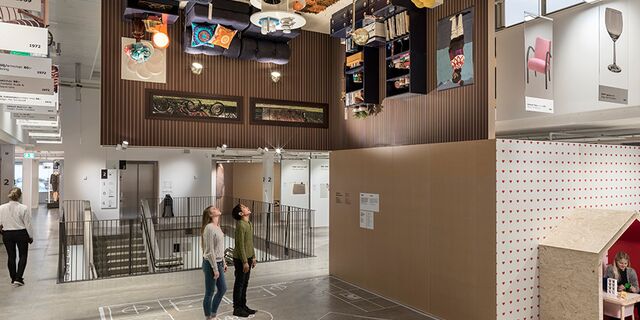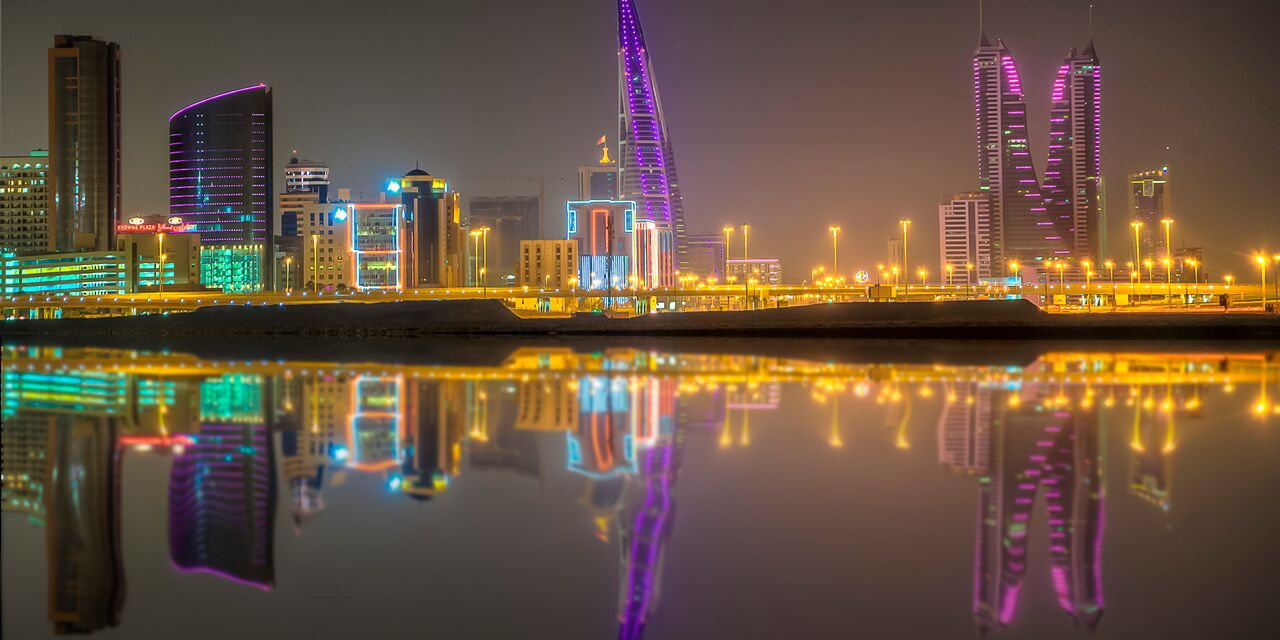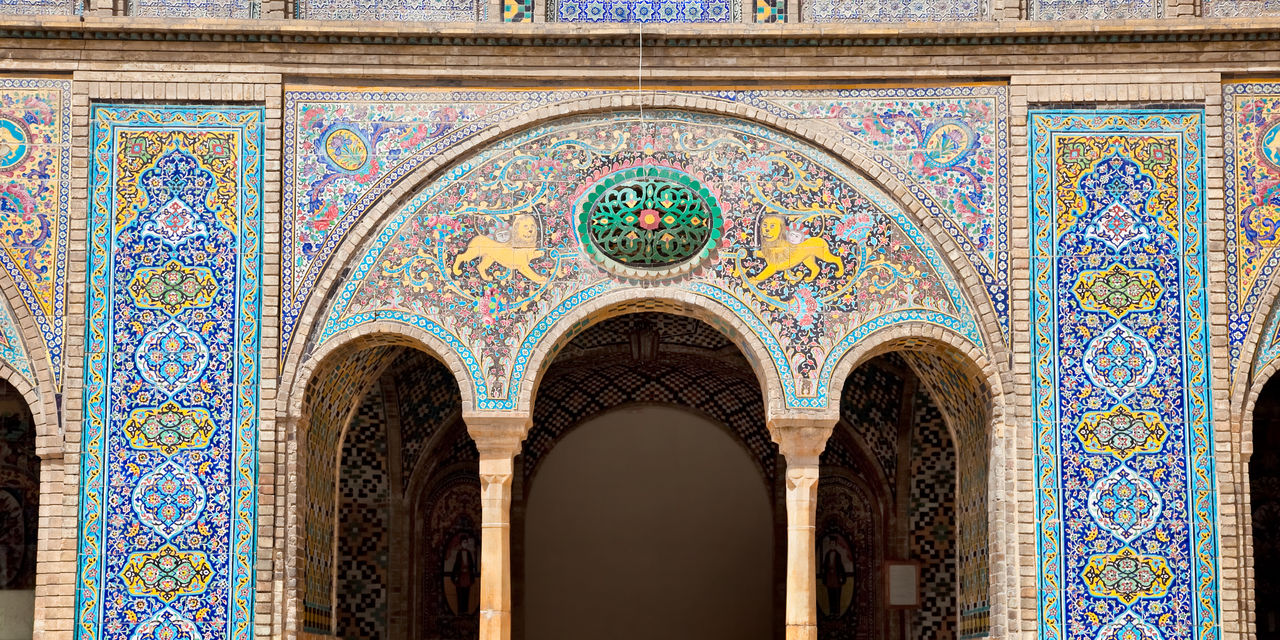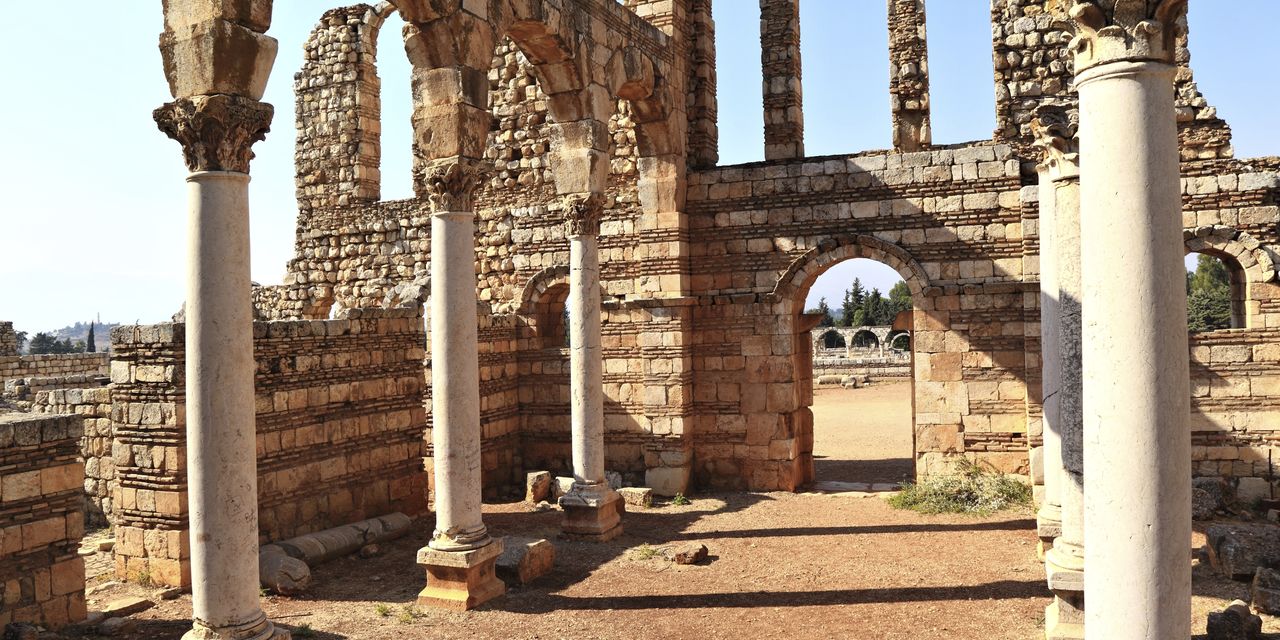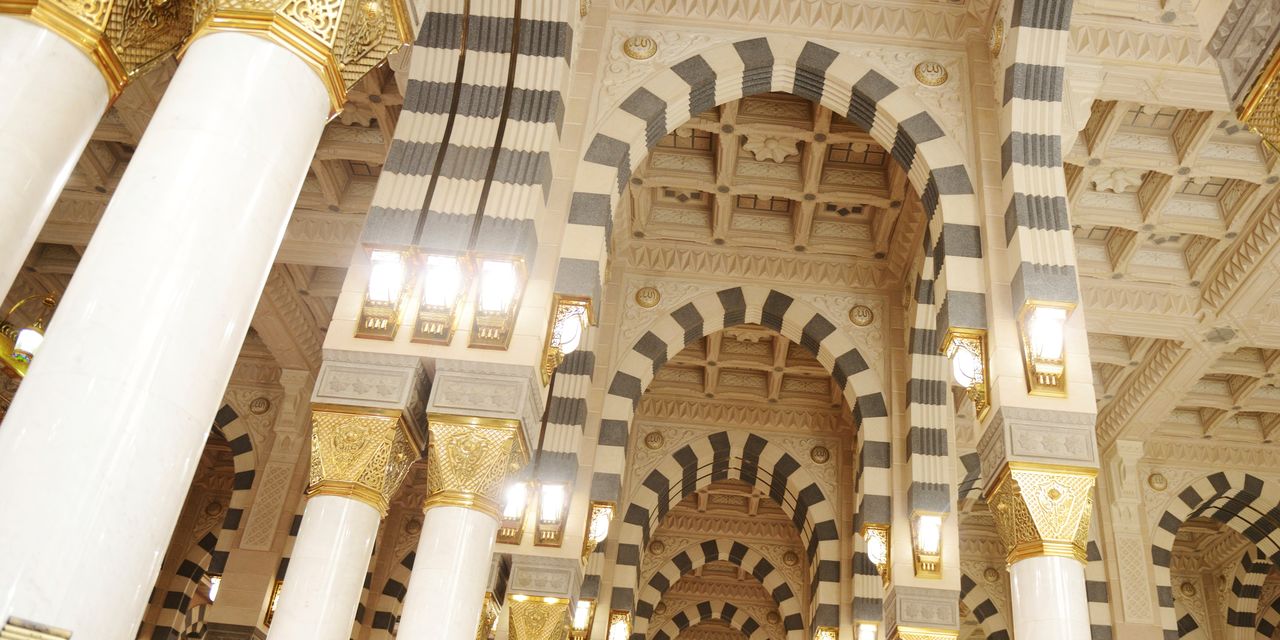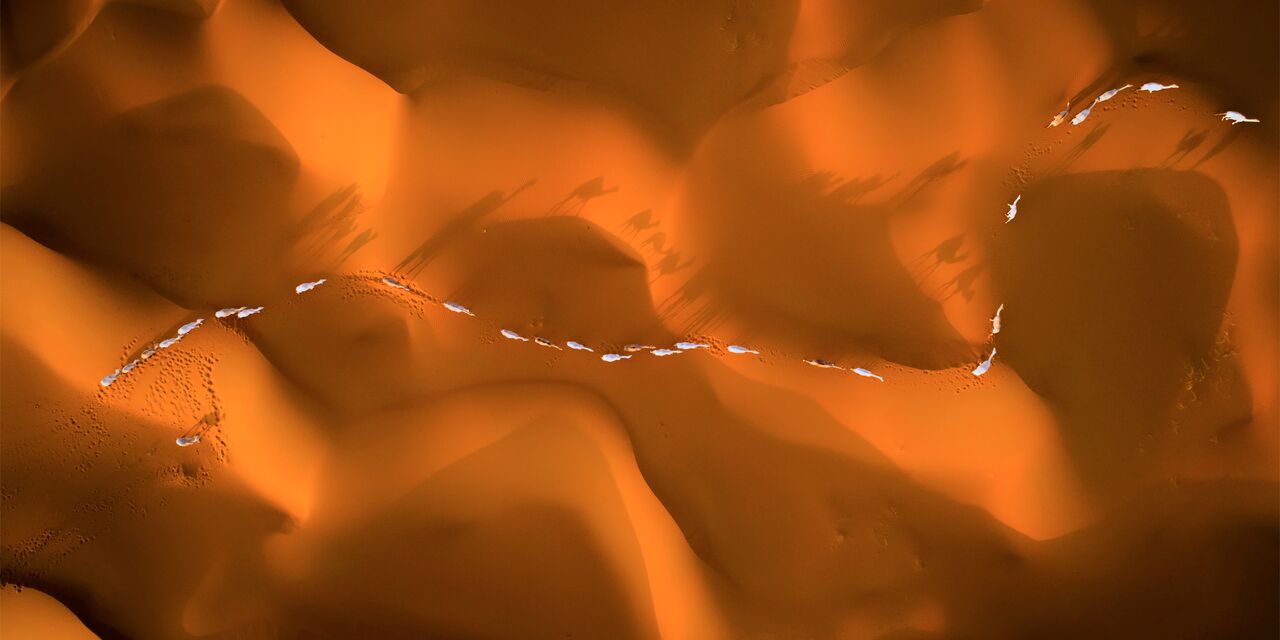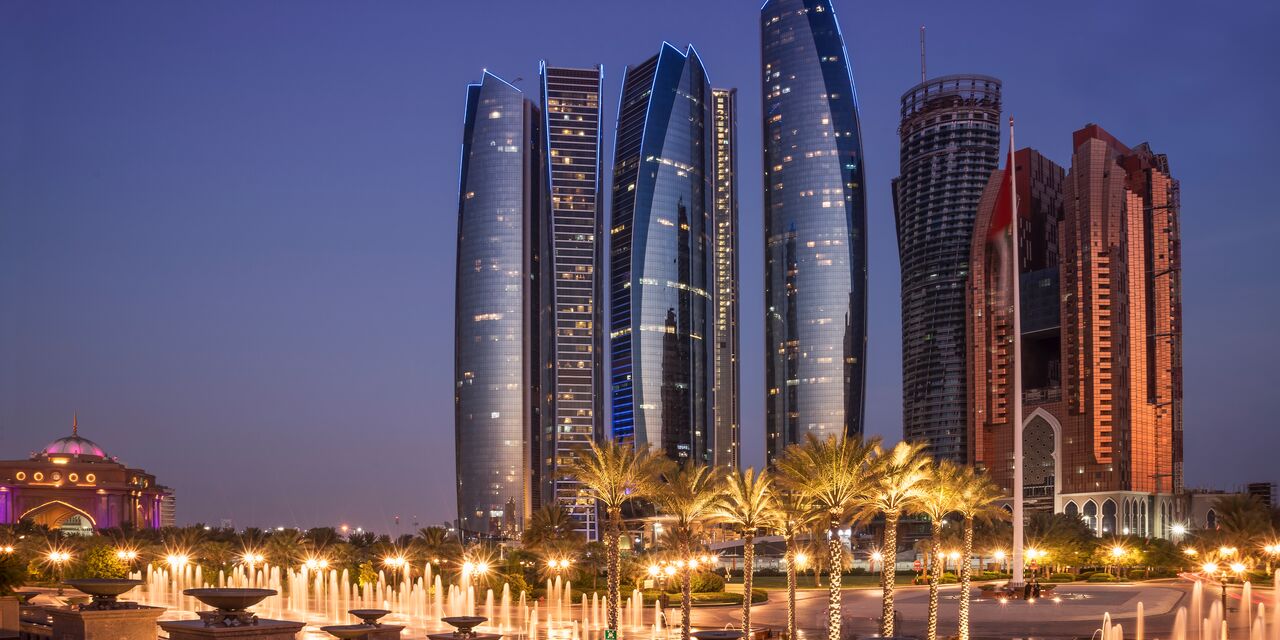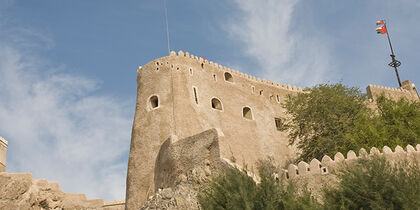
The legend of Al-Mirani
Because of its rocky coastline Muscat was not an easy place to conquer, and the ‘twin forts’ made it nearly impossible. Yet there is a legend that describes how the Al-Mirani fort played an important role in expelling the Portuguese in the mid-17th century. According to the story, one of the Portuguese commanders fell in love with the daughter of a merchant who forbade them to marry based on religious grounds. When the commander threatened to ruin him, the merchant supposedly agreed and spent an entire year pretending to prepare for the wedding. He had managed to convince the commander that the fort’s supplies of grain and ammunition had to be replaced. However, what he actually did was slowly clear the fort of all ammunition. When all the supplies were removed, he gave his ruler Sultan bin Saif a sign so he could easily conquer the defenceless fort. The Portuguese left Muscat shortly afterwards. Unfortunately, the Al-Mirani fort can only be admired from the outside and is not open to visitors.
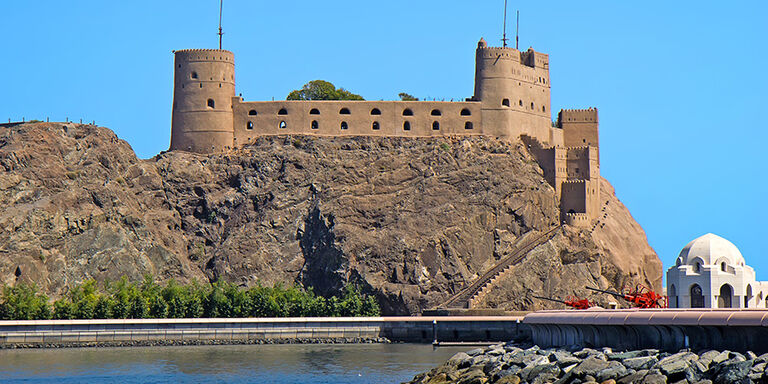
The beauty of Al-Jalali
The Al-Jalali fort is also known as the Ash Sharqiya fort. The name Al-Jalali seems to be derived from 'al jalal', which means 'great beauty', but others argue that the fort is named after Persian leader Jalal Shah. The fort consists of 2 towers that are connected to each other by a wall and accessible only via a steep staircase from the port side. Its isolated location made the fort a perfect prison, which is exactly what it was used as until the 1970s. In 1983, the fort was restored and turned into a private museum on the history of Oman. Unfortunately, it is only open for special guests such as royal families and heads of state.

